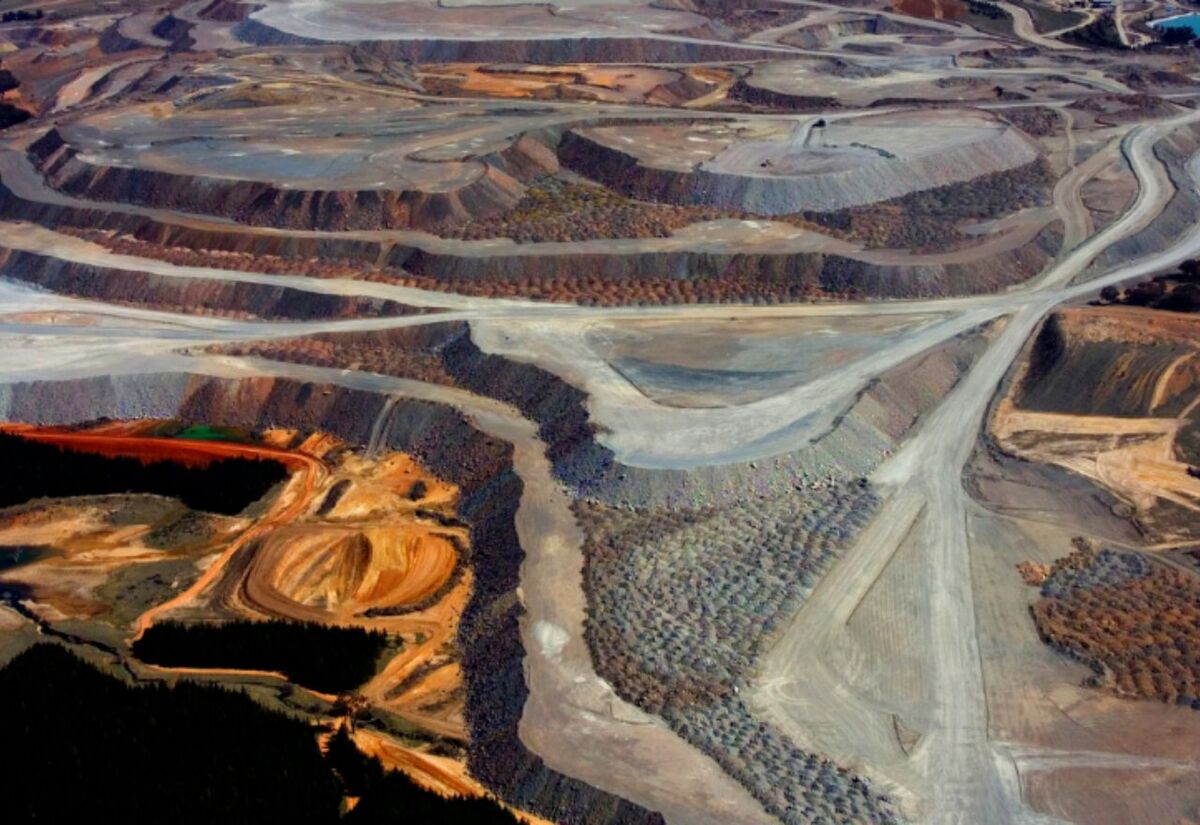NSW Government to co-fund critical minerals exploration
Ailish Dwyer
14 April 2025, 9:30 PM
 Aerial shot of a critical minerals mine in Cobar. Image: NSW Energy and Resources Knowledge Hub
Aerial shot of a critical minerals mine in Cobar. Image: NSW Energy and Resources Knowledge HubThe NSW Government is looking to encourage more mining in the state, with applications for funding from the NSW Government's new $2.5 million Critical Minerals Exploration Program (CMEP) opening this week.
There are already 13 active major metals and critical minerals mines in NSW, employing more than 6,000 people, mostly across the state’s Central West and Far West.
Successful applicants will receive a 50% co-investment to undertake exploration through drilling, geophysics and/or geochemistry investigation, all steps needed to determine the scale of critical minerals deposits.
The CMEP is part of the Government's Critical Minerals and High-Tech Metals Strategy, touted as a crucial step in the road to net zero as much new energy technology, such as electric vehicles and wind turbines, needs rare earth elements (REE) to function. These include copper, cobalt, lithium, nickel and other minerals.

The site of ASM's rare earth Dubbo Project. Image: ASM website.
Minister for Natural Resources, Courtney Houssos, was positive about the potential outcomes of the CMEP.
"This important funding will help get more explorers out into regional NSW to find new deposits of critical minerals," she said.
“The Exploration Program is about supporting a pipeline of investment, helping explorers with discoveries that can lead to new opportunities for mining, processing and manufacturing.
“Critical minerals are going to power the net-zero future. Whether it’s solar panels, wind turbines, batteries or electric vehicles, they all need materials and minerals that are found right here in NSW."
Existing REE projects ready for investment in the Western Plains include ASM’s Dubbo Project - a massive fine-grained trachyte outcrop of zirconium, niobium and hafnium - and a scandium project in Nyngan, the first such mine to be given approval in Australia back in 2017.
While the mining of these resources is presented by the Government as a positive for the environment and the economy, the effects on the land and waterways are still to be established during the environmental assessment.
Dr Caitlin Byrt, from the ANU Research School of Biology, recently co-authored a paper into the emerging biotechnical applications. She said more research is needed on the impacts of various REEs exposure on different types of living organisms.
"Environmental impacts need to include consideration of what wastes would be generated, how wastes would be managed and how the mining activity would impact the environment and communities," said Dr Byrt.
"Sourcing the critical resources we require needs to be achieved in a way that protects biodiversity, avoids deforestation and avoids pollution of air and water resources. Responsible management of mining activities is needed to prevent generation of harmful toxic waste, dust and wastewater."
Applicants have until 30 June to place their bid for consideration for NSW Government funding.



